Europe
Today we took a bus to Waterloo Station and a train to Hampton Court.
Cardinal Thomas Wolsey, Henry VIII’s Lord Chancellor, started Hampton Court Palace’s upgrade from an ordinary country house to a palace. Wolsey wanted to be able to host the King, his royal court and monarchs from across Europe. Investing huge sums of money, he created a palace fit for the King. Wolsey was so successful in his work that Henry eventually took Hampton Court for himself.
We had very good commentary by way of free audio guide. The size of the palace and grounds is immense, with massive tapestries and artwork. The kitchens were huge with really high ceilings and you could see how it would have worked from bringing goods in the side of the palace, the counting house, fish alley larders, boiling rooms to speed up the roasting of meat, bakery, and serving rooms. It was quite the conveyor belt feeding up to 1,000 people.
It was surprising to see the public nature of the King and Queens bedrooms; no corridors as such, you just walk through rooms. They were housed in separate wings of the palace, a queen could probably not be found if she wished.
Henry V111 and his multiple wives, some of whom weren’t very good at hiding, lived here. When William III and Mary II took the throne in 1689 they commissioned Christopher Wren to design a new baroque palace for them. The cost scared them off and they did an add on instead.
Debbie Ogier
48 hoofdstukken
17 aug. 2023
London 2 - Hampton Court
London
Today we took a bus to Waterloo Station and a train to Hampton Court.
Cardinal Thomas Wolsey, Henry VIII’s Lord Chancellor, started Hampton Court Palace’s upgrade from an ordinary country house to a palace. Wolsey wanted to be able to host the King, his royal court and monarchs from across Europe. Investing huge sums of money, he created a palace fit for the King. Wolsey was so successful in his work that Henry eventually took Hampton Court for himself.
We had very good commentary by way of free audio guide. The size of the palace and grounds is immense, with massive tapestries and artwork. The kitchens were huge with really high ceilings and you could see how it would have worked from bringing goods in the side of the palace, the counting house, fish alley larders, boiling rooms to speed up the roasting of meat, bakery, and serving rooms. It was quite the conveyor belt feeding up to 1,000 people.
It was surprising to see the public nature of the King and Queens bedrooms; no corridors as such, you just walk through rooms. They were housed in separate wings of the palace, a queen could probably not be found if she wished.
Henry V111 and his multiple wives, some of whom weren’t very good at hiding, lived here. When William III and Mary II took the throne in 1689 they commissioned Christopher Wren to design a new baroque palace for them. The cost scared them off and they did an add on instead.
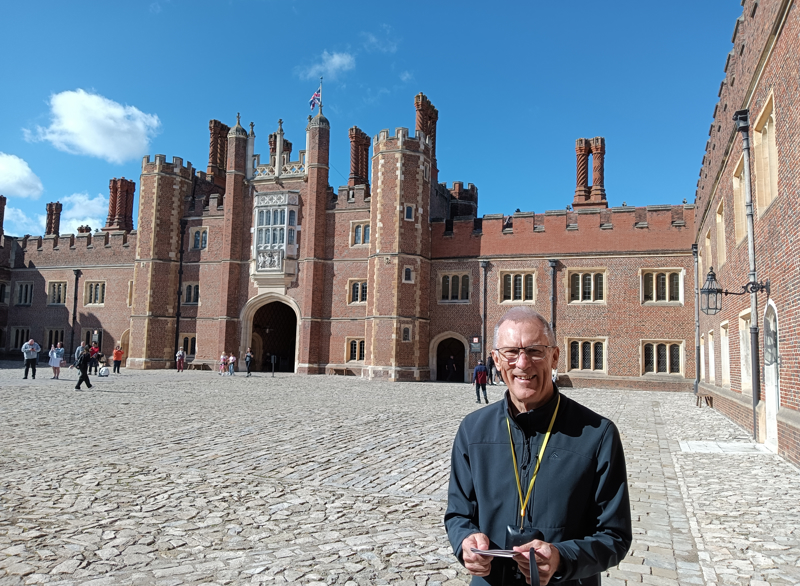
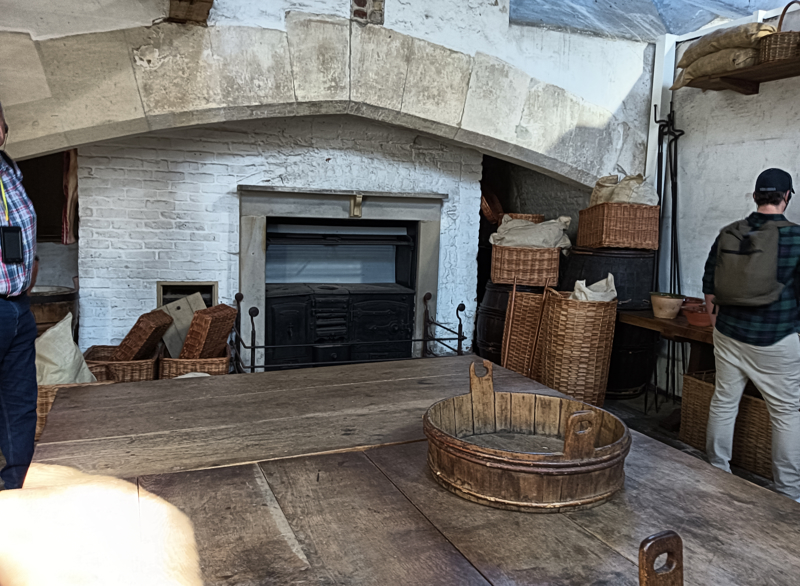
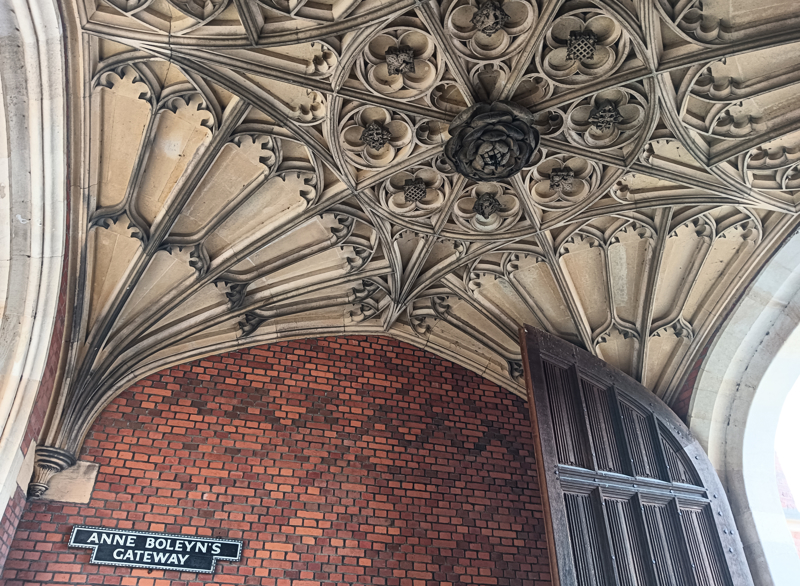
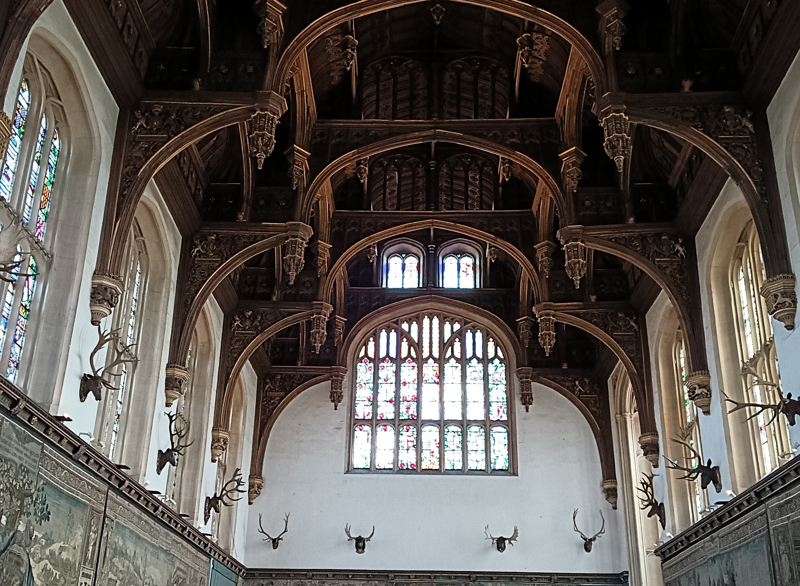
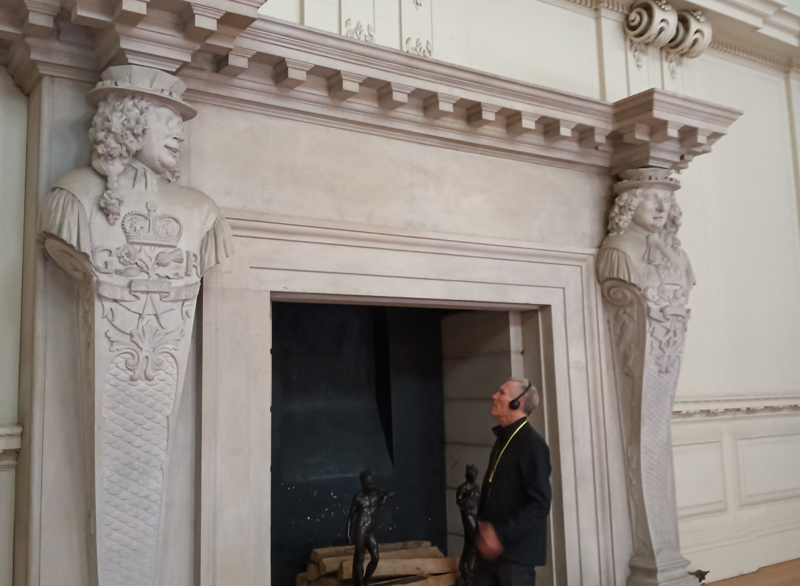
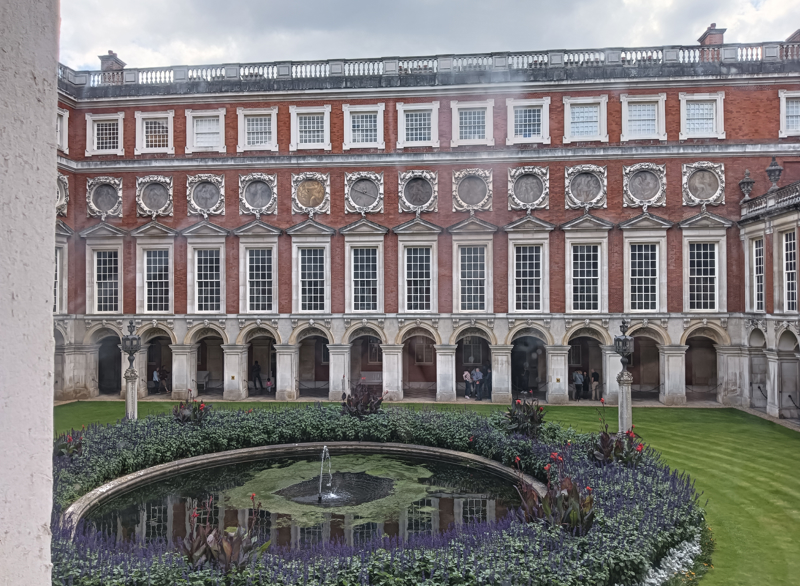
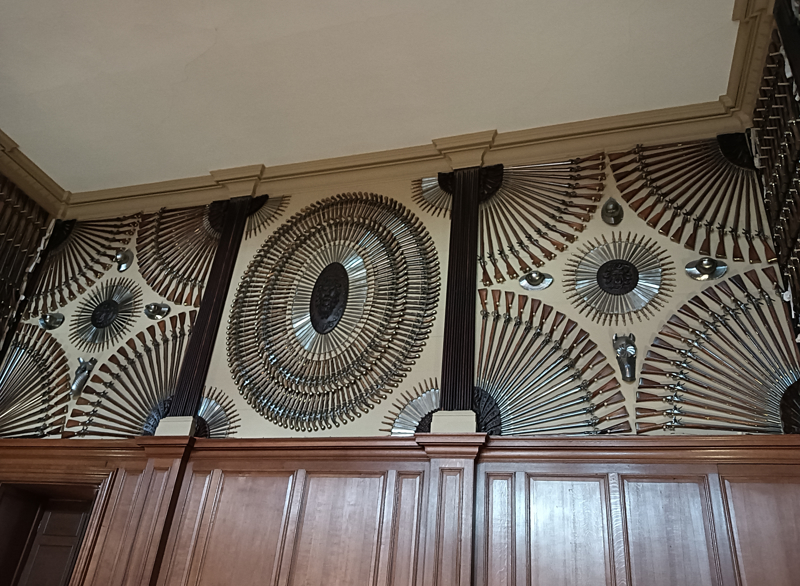
The gardens also are huge, including the kitchen garden, maze, formal wilderness (strange contradiction, it just looks unkempt), fountains and a canal. Lots of little walled gardens and an orangerie.
We spent over four hours here – a fascinating walk back in time and really well presented. A great day out.
NB: too many photo’s to add, I have added to OneDrive if anybody is interested. Europe 2023 - OneDrive (sharepoint.com)
1.
The Long Wait
2.
Zara Mae Ogier
3.
Departure Drama
4.
Dubai 1
5.
Dubai 2
6.
London 1 - Sky Garden
7.
London 2 - Hampton Court
8.
London 3 - Museum Day with the Kids
9.
London 4 - Greenwich
10.
London 5 - St Pauls & Tower of London
11.
London Day 6 - Voting Day
12.
London Day 7 - Westminster Abbey / Churchill War Museum
13.
London by the Numbers
14.
Athens, Greece
15.
Nafplion, Greece
16.
Mykonos, Greece
17.
Iraklion (Crete), Greece
18.
Haifa, Israel (Overnight)
19.
Ashdod (Jerusalem), Israel
20.
Limassol, Cyprus
21.
Rhodes, Greece
22.
Sea Day
23.
Katakolon, Greece
24.
Piraeus (Athens), Greece
25.
Thira (Santorini), Greece
26.
Kusadasi (Ephesus), Turkey
27.
Sea Day
28.
Istanbul, Turkey
29.
Mykonos, Greece
30.
Souda (Chania), Greece
31.
Messina, Sicilly
32.
Salerno, Italy
33.
Amalfi, Italy
34.
Civitavechia to Barcleona
35.
Barcelona, Spain
36.
Barcelona, Spain 2
37.
Embark Norwegian Prima
38.
Valencia, Spain
39.
Ibiza, Spain
40.
Palma de Mallorca, Spain
41.
Marseille, France
42.
Cannes, France
43.
Genoa, France
44.
Livorno (Cinque Terre), Italy
45.
Naples, Italy
46.
Rome, Italy
47.
Rome, Italy
48.
Rome to Dubai
Maak je eigen dagboek
Voeg eenvoudig verhalen toe aan je dagboek in onze online editor of app
Voeg je afbeeldingen toe en kies je pagina-indelingen
Deel je reis in realtime zonder gedoe!
© 2025 Travel Diaries. Alle rechten voorbehouden.